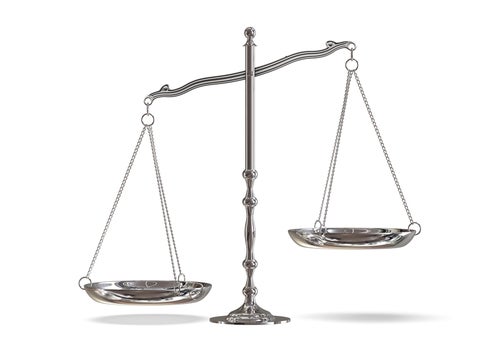Credit card utilization, the ratio of what you owe on your credit cards to your credit limit, plays a major role in the calculation of your credit rating. According to FICO(R), the creators and maintainers of the FICO credit score model, it’s 30% of your score. Do a brief Internet search and you will find most experts touting the rule that keeping your credit utilization under 30% will maximize your score. Well, that’s not exactly true.
Why Credit Utilization is so Critical to your Credit Score
Being punished for high credit utilization may seem counter-intuitive: why would lenders give you a certain credit limit and then punish you when you try to use it? But that’s exactly what happens. In hard numbers, credit utilization makes up 30% of your credit score. As a comparison: your payment history makes up 35% of your score, the average age of accounts is 15%, the mix of credit is 10% and the amount of new credit that you have is 10%.
So why does credit utilization make up so much of your credit score calculation? Higher rates indicate danger:
- The bigger your debts, the less likely you will be able to repay them.
- Lenders also feel that someone who hits their credit limit each month or even goes over them does not demonstrate financial prudence.
- Lenders get nervous when you’ve used your credit limit because if you had the money to pay down your bills, you wouldn’t have to keep borrowing more money.
There is no “Cliff” You Fall Off at 30 Percent – or any Percent
According to Barry Paperno, who served as consumer affairs manager for FICO, there is no magic number like 30% where your credit takes a nosedive when you go above it or soars when you go below it. “With credit scoring it’s important to understand that mathematical calculations, based on data reflecting the experiences of millions of consumers and designed to predict future credit risk, don’t necessarily result in easy to remember numbers, like 30 or 50 percent, that can be assigned universally,” said Parperno on a creditcards.com blog post.
How Credit Utilization is Factored In
Both FICO and VantageScores look at credit utilization percentage ranges; these ranges are based on the 4 other factors in your credit score. However, in general, the lower the percentage range, the more points assigned to your score. If your credit utilization percentage moves to a different range (which may or may not be 30%), your score will adjust accordingly.
In addition, individual card utilizations may assign different points than your overall (the total of all of your credit cards) credit utilization rate. Therefore, even if your overall credit utilization rate is 10%, but one of your cards hits 60%, you may see a drop in points.
10% is Better
In 2014, Credit Karma sampled 15 million members who visited the site and compared credit scores and credit utilization rates. The highest score average, 753, was enjoyed by members whose total credit utilization rate ranged between 1 and 10%.
Interestingly, those with 0% utilization enjoyed a much lower average score of 692. The reasoning: a 0% credit utilization rate indicates that a person does not use credit regularly, which research has shown to indicate higher future risk. Yep, being in debt is actually good for your credit score.
Can’t keep your rate so low? The 30% utilization touted by blog posts everywhere is not a bad goal, and will keep your score relatively high.
How to Lower Your Credit Utilization Rate
If you have high utilization rates, or you are maxed out on your credit cards, getting your credit card balances under control is a matter of self-discipline leading to a modification of old habits:
- Make credit card payments several times a month to prevent balances from getting high.
- Set goals. Use an online calculator to find out how much extra money you need to throw towards your credit cards to reach your desired credit utilization rates by a certain time.
- Even if you pay off your credit cards in full each month, you could still show up as a maxed-out credit card user on your credit report because the credit card companies report once per month — if your balance is high when they report, this is what is reported and used to calculate your score. Try not to ever max out a credit card, but break up your charges over several cards.
- If you don’t have a budget, make one. One way people get into trouble is to not realize what they’re spending and overdo it, especially when reaching for the plastic is so easy.
- Ask for a credit limit increase. If you’ve been a good customer, call customer service at your bank and ask them to make the change to your limit. Often banks are very willing to do this. If you have a secured card, put more money in your security deposit so you can enjoy a matching credit limit boost.
Questions about credit repair?
Chat with an expert: 1-800-255-0263







